Sharing the results from my latest Moth Trap Session. I have written posts about setting up a moth trap and on collecting the results if you want some more background info on how and why I use a Moth Trap

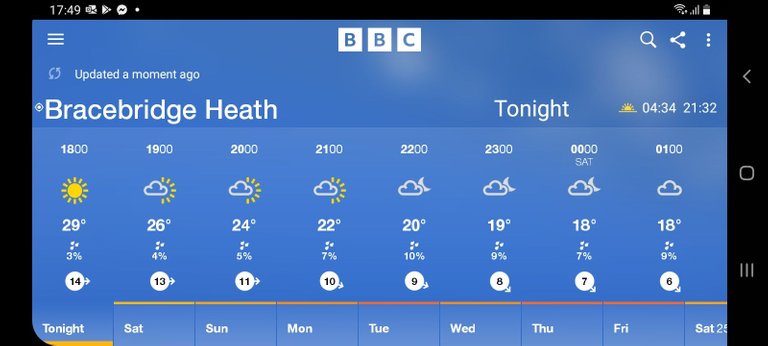
Date: 17th June 2022
Weather:
In my last trapping session (which was a bit disapointing), I mentioned that the weather for this weekend was forecast to be significantly better. The image above is testament to that!
Today was the warmest day of the year by far, with highs of 30C, and leading to low temperatures of 18C overnight. That's pretty good here in the UK for this time of year. Along with a lightish wind, medium cloud cover and high humidity, I think we are going to be in for a busy night.
While setting up earlier in the evening I have already seen a Riband Wave, a Light Brown Apple Moth, a Brown House moth and a Hummingbird Hawkmoth. And then when dusk fell and I turned on the trap, I spotted a Silver Y nectaring on some nearby flowers... enough yapping I need to get out there and see what I can find!
Results: 108 moths of 52 species
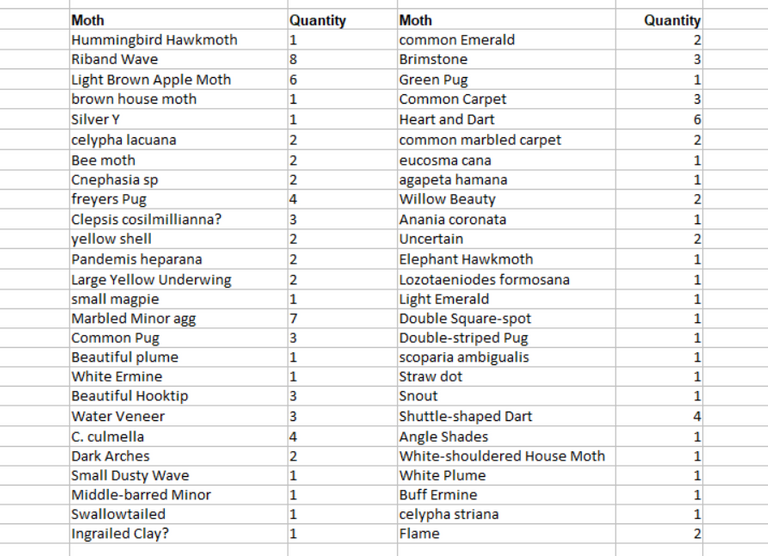
Summary of Results:
Well, as you can probably tell from that big long list, there was a lot to see that night! Even from Dusk there was plenty of activity, and it stayed busy all the way till I reluctantly turned the trap off (at 3 am, I had to get some sleep at some point!)
Highlights were many, and I'll share a few of them here
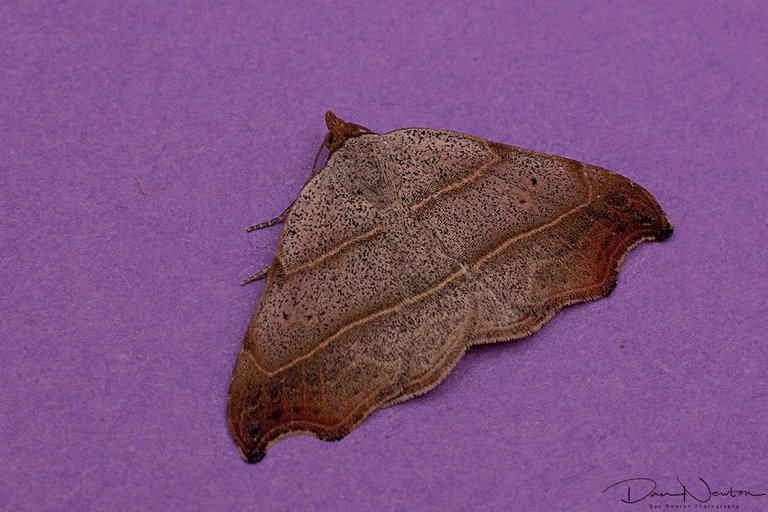
Beautiful Hook-tip - Laspeyria flexula
This distinctive looking moth was one of the first, always a joy to see in Summer, and un mistakeable. There is nothing else in the UK that resembles this.
Next up are a couple of smart little micro moths:
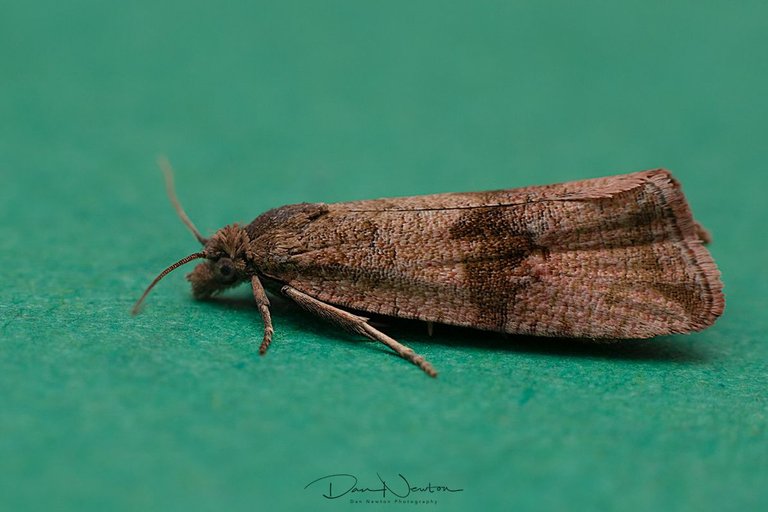
Celypha striana
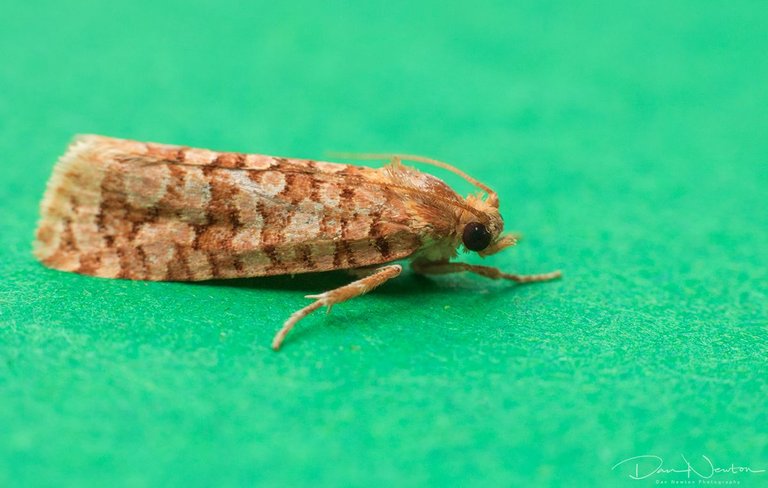
Lozotaeniodes formosana
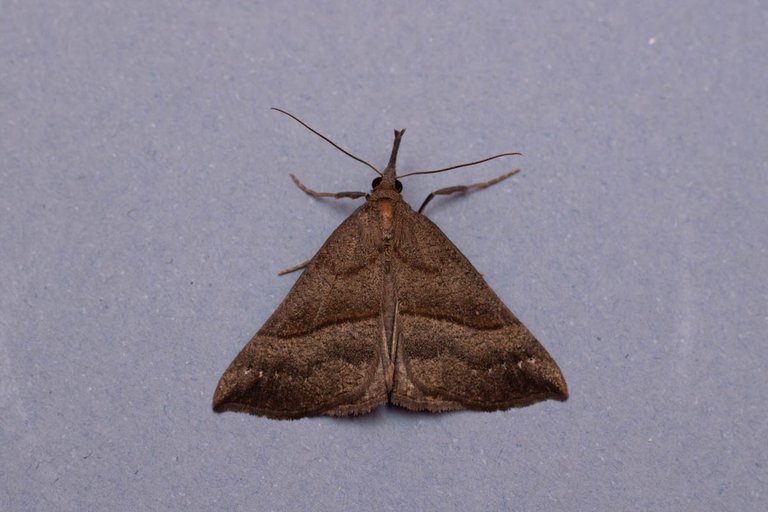
And then the aptly named 'Snout' appeared. You do have to wonder about some of the people who named these species. Some are really clever and interesting, and then some are a bit, well... silly lol.
Oh hey, it looks like its got a big nose... lets call it a Snout!
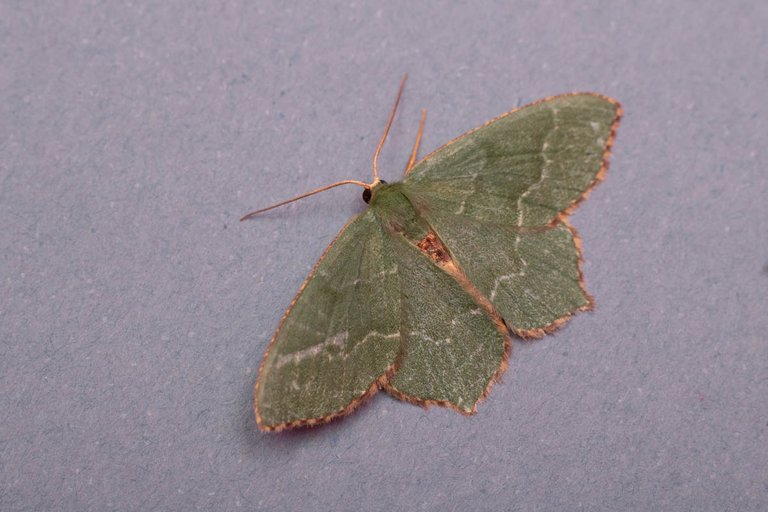
Moving on, here is a Common Emerald (cos its green, that makes sense...)
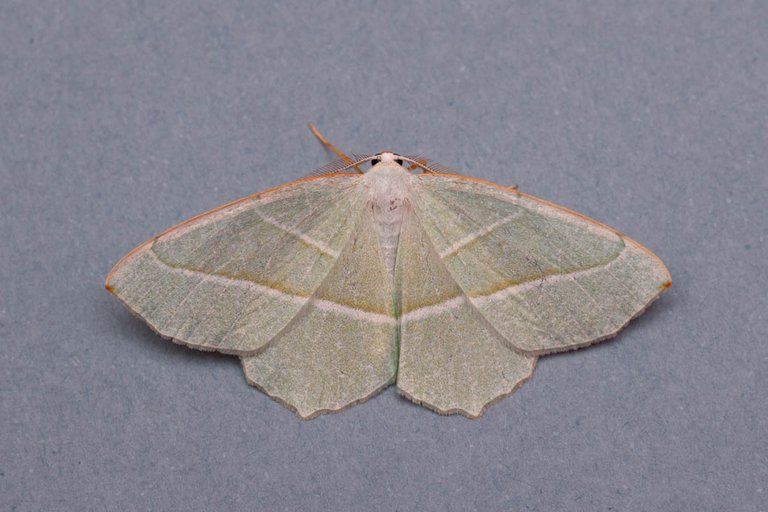
Ad here is a Light Emerald (as it is a lighter shade of green) The guy who named these species did a better job than the first one haha.
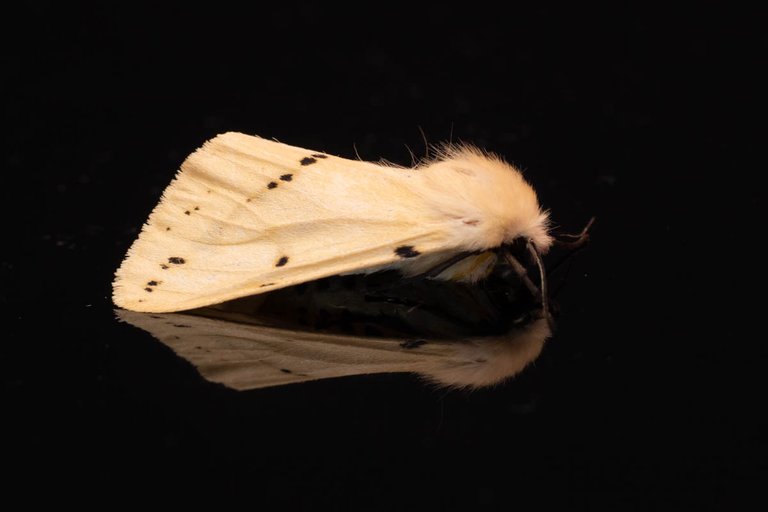
This is a Buff Ermine. Regular readers might think it looks similer to the White Ermine, and indeed these are closely related. 'Buff' is a word meaning a light yellow/brown colour, and you can see the hint of yellow in image above.
At this point, about 1:30am, the moths were flying in thick and fast:
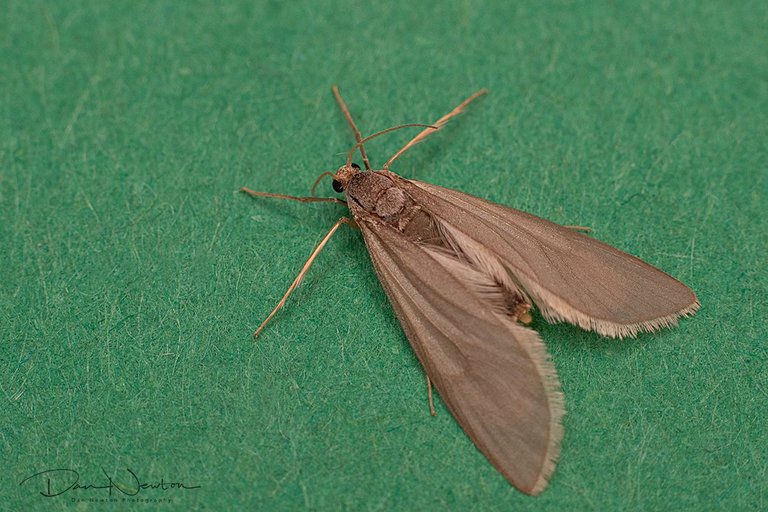
Water Veneer

Angle Shades
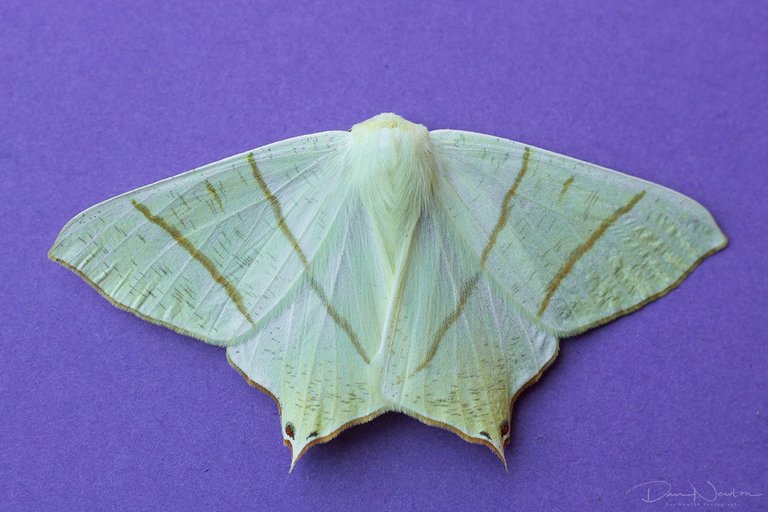
Swallowtailed Moth
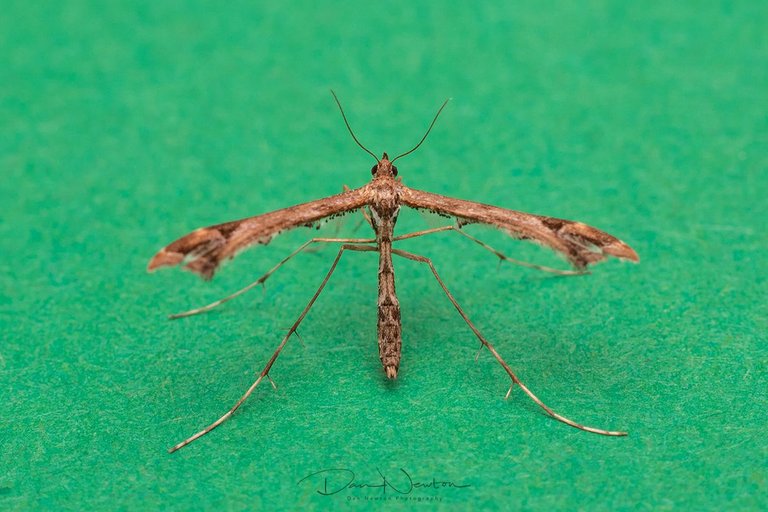
Beautiful Plume
At 2:30am I eventually called it time as I had stuff to do the following day, and I had already stayed up far too late as it was.
I turned the light of and waited 15 minutes for the moths to disperse. As I started bringing the equipment inside, I had one last surprise, a pristine Elephant Hawkmoth sat on the back door step waiting for me!
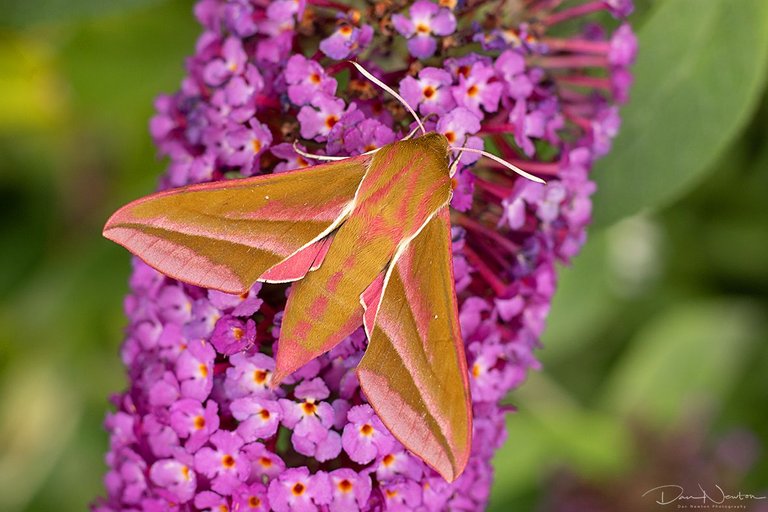
Elephant Hawkmoth (photo taken previously)
Isn't he gorgeous! The first time I have seen this species this year, and these are always a welcome sight!
What an evening... so much to see, and I got a great set of records as well. This will probably be one of the most productive nights of the season, and was certainly the most exhausting session so far this year haha.
That said, I never know what I'm going to get until I start, so who knows what wonders and delights I'll find next week. And if you want to find out, then come back next weekend and we'll see what else is flying... the seasons are ever changing, and the supporting cast of moths will be different each week, so I'll see you then!

Notes on Pictures: Since I started moth trapping 5 years ago, I have been slowly building up collection of Library Images. The idea being that once I have taken a picture of a particular species of Moth, I don't need another picture of the same species a year later. It’s a waste of time and energy. I only take pictures of new species, or of moths that are difficult to ID, so I can get the records verified.
While in my care, all individuals are looked after, and after Photographs have been taken, they are all released safely outside.
All names confirmed and checked via Wikispieces
Further Research from UK Moths and NatureSpot

If you have any thoughts or opinions on this article then I'd love to see your comments.
And if you really like the content then maybe you would like to upvote or re-hive it.

Check out my website for more of my work.

Hi @dannewton,
Thank you for participating in the #teamuk curated tag. We have upvoted your quality content.
For more information visit our discord https://discord.gg/8CVx2Am
The Swallowtailed Moth and Elephant Hawkmoth were my favorites. So very pretty!
We appreciate your work and your post has been manually curated by zoology team (oscurity,nelinoeva) on behalf of Amazing Nature Community. Keep up the good work!
what can I say? a perfect post, I loved how you place your bibliographic support to identify the species! I hope you continue your research for a long time!
Due to your scientific contribution, your post has been valued by our DNA curatorship, thanks for complying with our rules!
We appreciate your work and your post was manually curated by @none! from the DNA team!
Reach us on Discord to learn more about the project!